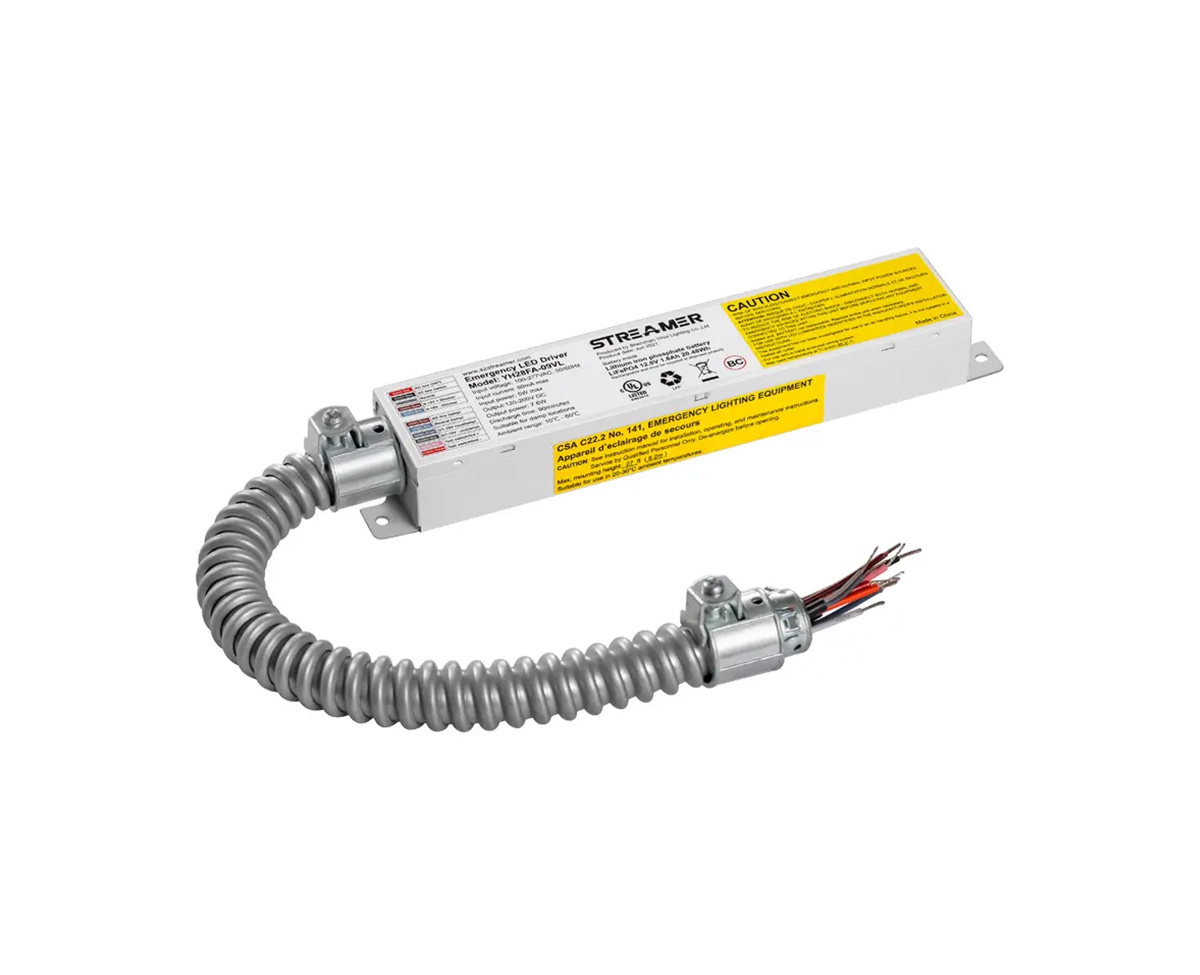 1
1
 Mar 03, 2025
Mar 03, 2025

Industrial emergency batteries are often used in environments where there is a risk of explosion, such as in chemical plants, oil refineries, and mines. Therefore, their explosion - proof design is of utmost importance.
One of the key elements in the explosion - proof design of industrial emergency batteries is the use of flame - retardant materials. The battery casing is typically made of high - quality, flame - retardant plastics or metals. Flame - retardant plastics are formulated to resist ignition and slow down the spread of fire in case of an electrical fault or external heat source. Metals, on the other hand, can act as a physical barrier, preventing the escape of flammable gases generated within the battery.
Ventilation is another crucial aspect of explosion - proof design. During the charging and discharging processes, batteries can generate hydrogen gas, which is highly flammable. Industrial emergency batteries are designed with special ventilation systems to safely release this hydrogen gas. These ventilation systems are designed in such a way that they prevent the accumulation of hydrogen gas within the battery enclosure. Some batteries have built - in vents that are designed to release the gas slowly and evenly, while others may be connected to a dedicated ventilation ducting system that exhausts the gas to a safe location outside the building.
Electrical components within the battery are also carefully designed to minimize the risk of sparking. The battery terminals are often covered with special insulating materials to prevent accidental short - circuits that could potentially generate a spark. In addition, the internal wiring and connections are designed to be robust and secure, reducing the likelihood of loose connections that could cause arcing or sparking.
Furthermore, industrial emergency batteries may be equipped with over - charge and over - discharge protection devices. Over - charging can cause the battery to overheat and generate excessive amounts of hydrogen gas, increasing the risk of explosion. Over - discharge can also damage the battery and lead to a potential safety hazard. These protection devices monitor the battery's charging and discharging status and automatically cut off the power supply when the battery reaches its safe limits. By incorporating these explosion - proof design features, industrial emergency batteries can be safely used in hazardous environments, ensuring reliable power supply during emergencies.